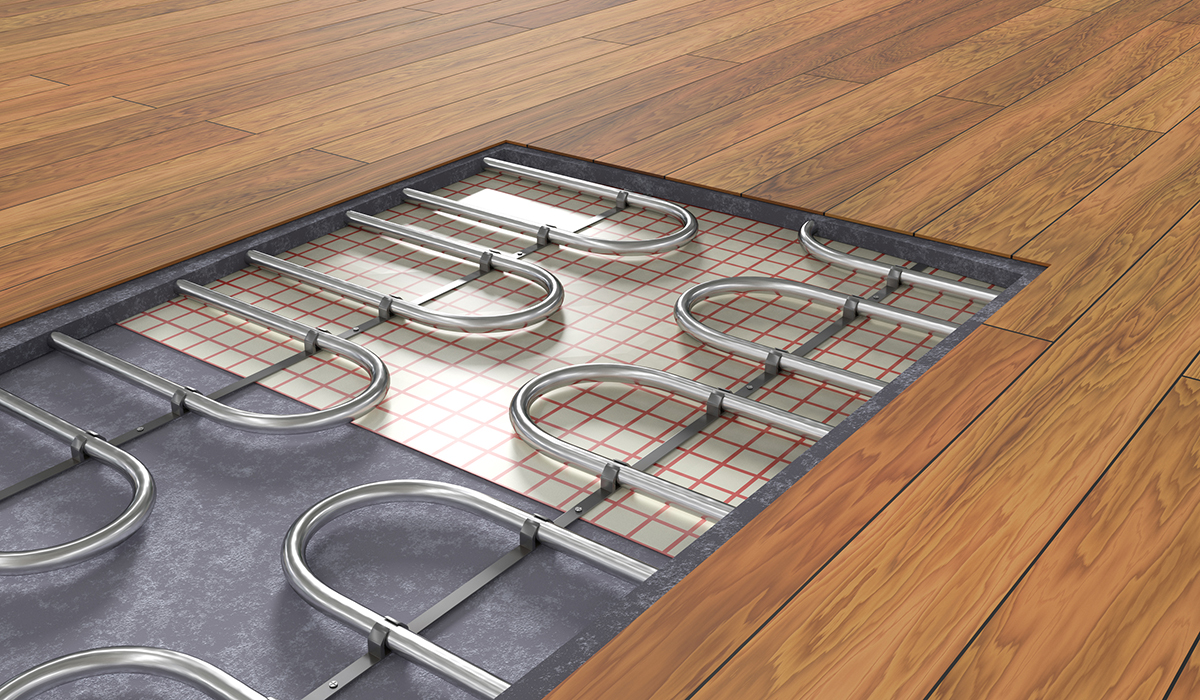The Boomer generation is retiring rapidly, outpaced only by the increasing cost of healthcare and retirement communities. Add to that, life expectancy is longer now than ever before. Amidst what many would call the current housing bubble, it leaves a lot of families considering the option of living with adult family members.
Multi-generational living has always been prevalent throughout Europe, and in the U.S., mother-in-law suites were a popular feature for homes built in the 1970s. Builders and tradespeople are seeing a resurgence of this trend now. Today, however, in-laws moving in with married children isn’t the only driving force behind the multi-generational living movement.
As college tuition creeps upward, student debt accumulates and the price of real estate hikes, many college grads find themselves needing a few years to find their feet before getting a place of their own. The easiest solution: move back in with parents.
In both scenarios – grown children moving back home or aging relatives cohabiting with middle-aged family – separate living quarters are generally best for all parties involved. According to the National Association of Homebuilders, custom builders have seen increasing demand for homes with separate living suites.
Unique design challenges
But it’s obviously not just new construction. The trend is also evident in areas where additions and renovations outpace new construction start-ups. Contractors are dealing with all variety of considerations, from building lot size to septic system capacity and the need to provide individual HVAC control.
All these considerations carry their own unique challenges and design quirks, often subject to local jurisdictions. Providing heat and DHW to in-law quarters is no exception, especially considering that older occupants often prefer a warmer indoor environment.
The in-law trend presents both opportunities and challenges for the plumbing and heating contractor. Lucky for hydronic installers, zoning systems to provide precise comfort levels in the winter is arguably easier than with forced air. Consider the potential that the following methods hold for premium comfort in a small zone of only two or three rooms. Your hydronic knowledge brings a lot to the table that forced air or ductless systems cannot.
 In new construction or addition scenarios, there’s little argument that in-floor radiant is the most comfortable method of delivering heat. A small, well-insulated apartment will have minimal heat loss and require very low supply water temperatures. This would work perfectly if the homeowner is already planning to install a condensing boiler, or currently has one. A set of remote manifolds with two or three zones (bed, bath, kitchen and living space) might be just the ticket.
In new construction or addition scenarios, there’s little argument that in-floor radiant is the most comfortable method of delivering heat. A small, well-insulated apartment will have minimal heat loss and require very low supply water temperatures. This would work perfectly if the homeowner is already planning to install a condensing boiler, or currently has one. A set of remote manifolds with two or three zones (bed, bath, kitchen and living space) might be just the ticket.
In the event of a remodel to accommodate an in-law suite, there are systems that permit the installation of radiant tubing above the sub-floor, but that’s not always ideal. More than likely, a different approach would be used.
Boundless options
European-style panel radiators are modern, classy, and provide great comfort. Installation of this style of radiator is less invasive to an existing space than baseboard radiation. If you want to get creative with panel radiators, there’s almost no limit to the size and style available; coat racks and towel warmers are just two examples on non-traditional hydronic radiators. These can be controlled in traditional American fashion, or with thermostatic radiator valves.
If your company is already at the home to install a heating system, don’t miss the opportunity to educate the customer about domestic hot water recirculation. Eliminating the wait for hot water is a major comfort and convenience improvement for relatively low cost, and would be especially beneficial in an addition that may be more distant from the hot water source. It can save a lot of fresh water, too.
Don’t leave the hydronic option off the table if a homeowner approaches you about an addition or accommodating a separate living quarter this year. In-law quarters are once again a growing trend in North America, and hydronic systems remain the most comfortable, efficient and longest-last heating system option.

